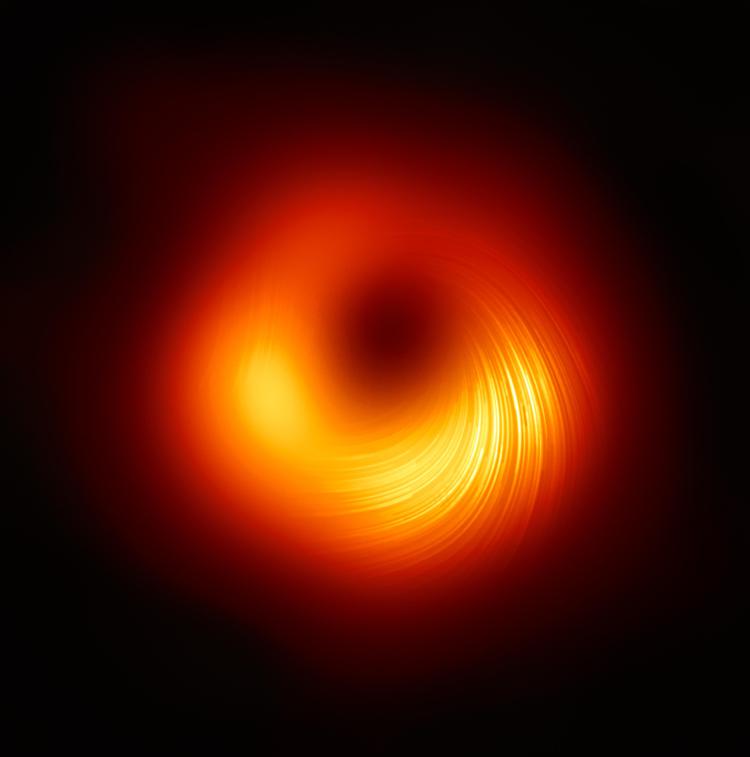
Or maybe, not even for that, unfortunately. Because the ideal is to be able to talk about an educated society, able to use the concepts and tools of human culture to be able to develop aware citizens, but at the same time know how to deepen scientific and technical culture, to give impetus to this technological development that will direct us towards a more sustainable world. But the best is always far from reality, especially with regard to Italy. This is what Censis said in the 55th report on the social situation in the country / 2021. The research institute says that the winds of “irrationality” are blowing on our nation. Unfortunately, the news is not encouraging.
Science scare
Why – as the portal indicates Skuola.net, summarizing the main data of the report – if on average 33% of Europeans have a great interest in scientific research and technological development, then the percentage of Italians with the same interest in these topics, vital for our future, is also very small: only 13%. Science and technology are two subjects in which 31% of our citizens (about 1 in 3) are completely indifferent (in Europe the percentage stops at 18%). It is true that what is not understood tends to be frightening, or at least takes away from its “sphere”. However, in our case, nothing has been done to treat it: 58% of Italians, the majority, agree with the statement “the science is so complex that I don’t understand much about it”, which shows at least avoidance thinking. A number much higher than the 46% of Europeans who show the same attitude.
Statements that make you think, especially if you add a few notes about color (black). Like the fact that science does more harm than good for 12.7%, or that 19.9% of Italians consider 5G a complex tool to control people’s minds. Or again, that 5.8% are sure that the Earth is flat and 10% are convinced that man has never landed on the moon.
Stem specialties are still very neglected
If the opinion of many in our country is what has just been clarified, then perhaps we should not be surprised if the opinion of young people does not differ much. In the 2020-2021 academic year, of the just under 1.8 million undergraduate students enrolled in a degree course, only 27.1% attend a radical (STEM) course of study. Among these aspiring scientists, then, the “gender gap” must be noted once again: women account for only 37.1% of the more than 480,000 stem members. However, in our universities, girls make up the majority at 56.3%. In short, the issue of sex does not seem to be outdated in any way, so in our country – in addition to general discontent regarding the scientific world – this essential distinction between “things for men” and “things for women” seems to survive.
The university offers itself, however, that has wide margins for expansion. Because so far, STEM degree coursework represents only 34.6% of the total. We find something more in the respective regional offerings of Basilicata (47.4%), Calabria (43.0%), Liguria (41.7%) and Friuli Venezia Giulia (41.4%). However, in absolute terms, the regions where the most supply is concentrated are Lombardy (14.6%), Lazio (14.1%) and Emilia-Romagna (9.2%), which leave the far south.
ITS go against direction
However, there is an area that is opening up, represented by that part of young Italians who, on the other hand, focus on technical training parallel to the university. It must be said that a completely different path from the one leading to a degree, and certainly more practical and tested regarding it: it is the International Transfer System (ITS), the highly professional university training alternative, with graduate employment rates of over 80% (one year after graduation). ). In fact, the higher technical institutes in Italy are growing a lot: between 2013 and 2019 courses increased from 63 to 201 (+219.0%) – however, they were concentrated, especially in the three most developed regions at the entrepreneurial level: Lombardy (19.3%), Veneto (14.6%) and Emilia-Romagna (10.4%) – the number of graduates has tripled, from 1,098 to 3,761.
Of course, this is an insignificant number if we compare it to the number of three-year graduates, for example, currently numbering over 190,000. But it’s data that tells us that something is moving. Nevertheless, it is legitimate to ask whether we are heading in the right direction to reach this ideal of an educated country that knows how to reconcile science and literature. A road that appears, at the moment, to be anything but a ramp.

“Infuriatingly humble alcohol fanatic. Unapologetic beer practitioner. Analyst.”





More Stories
Space, glow around a black hole: the first 3D video ever developed
The spring activities of “Spazio Famiglie 0-3” begin.
Dialogue between science and church tomorrow in Rome